Architecture and the new world: The Brutalist reframes the American dream
Brady Corbet’s third feature film, The Brutalist, demonstrates how violence is a building block for ideology
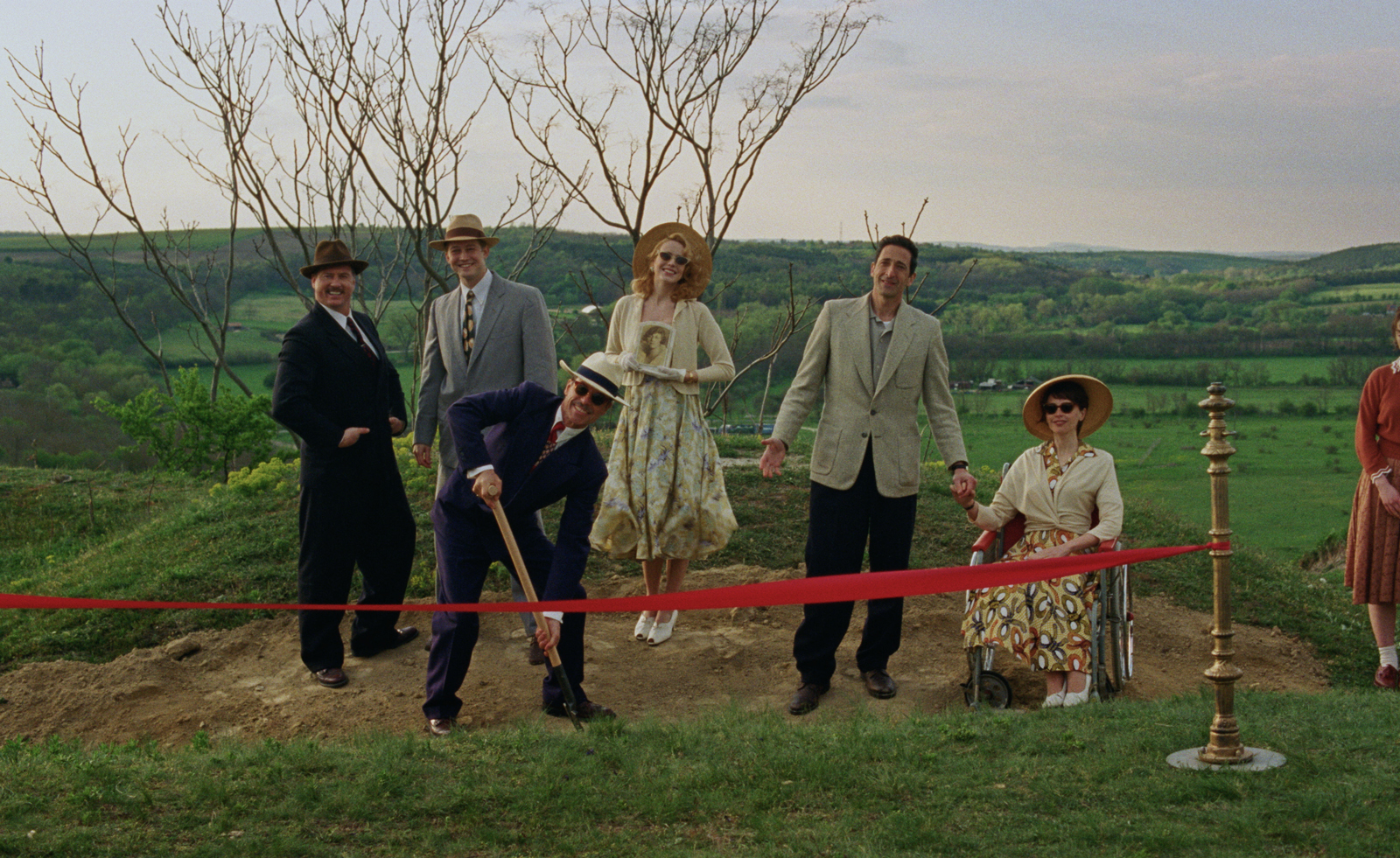
When architect László Tóth (Adrien Brody) is forced out of Hungary and escapes to Pennsylvania, he has no intention of seeking out the American dream. Dejected and alone his minimalist designs go unappreciated in the country of excess. But when an opportunistic millionaire, Harrison Lee Van Buren Sr (Guy Pearce), recognises László’s talent, the architect is quickly assigned to bring to life the rich man’s vanity project. And so begins The Brutalist, following László and his wife Erzsébet (Felicity Jones) as the couple’s life in America is built and destroyed countless times at the behest of the Van Buren family. Brady Corbet’s third feature film, redefines the American epic to demonstrate how violence is a building block for ideology.
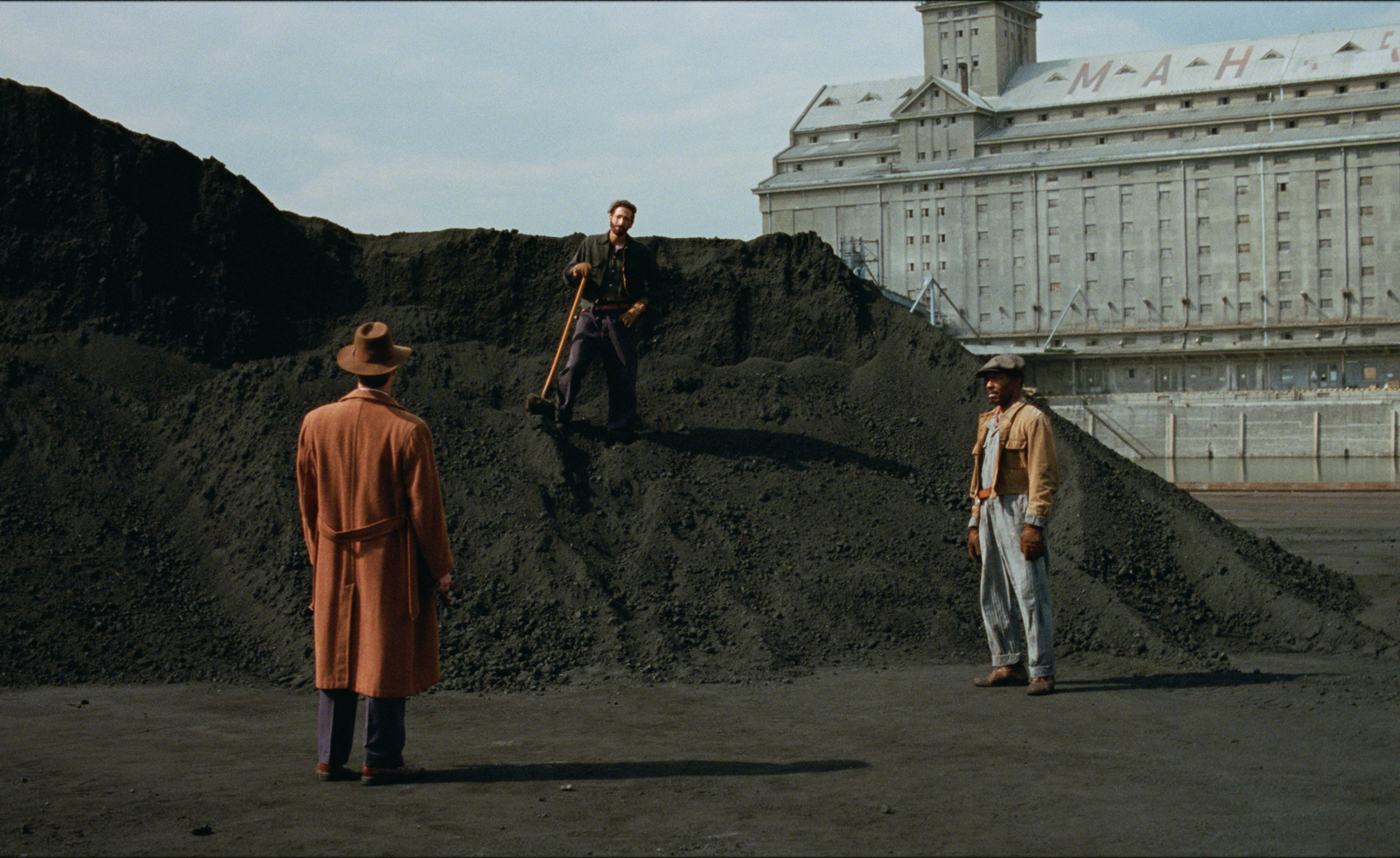
By telling an immigrant’s story through the world of architecture, the visual differences are all the more apparent. Lol Crawley’s cinematography stretches up into the stratosphere to show corporate skyscrapers of Philadelphia and the neo-colonial embellishments that accent the New York skyline. These moments are often dizzying, especially when the Statue of Liberty pierces the screen upside down, but the wonderment is scattered. America may be the beginning of the new world, but you can’t avoid the old world it came from.
László Tóth’s brutalist architecture visions stand in stark contrast to American architecture; height is more than just an egotistical flourish and decorative detailing is a superfluous affectation. In a country so eager to prove itself as an empire, the American contractor and architect that László works with cannot envision the beauty to be found in concrete or how function channelled into form has mesmerising potential.
These are the moments when The Brutalist shines brightest, as light, shadow and shape conquer the screen and leave the audience in wonder at the power of simplicity. But just as Brady Corbet demonstrated in his terrorist-infused pop drama Vox Lux, no artistic expression is beyond appropriation and even László Toth’s unshakeable structures can be co-opted for ideological purposes.
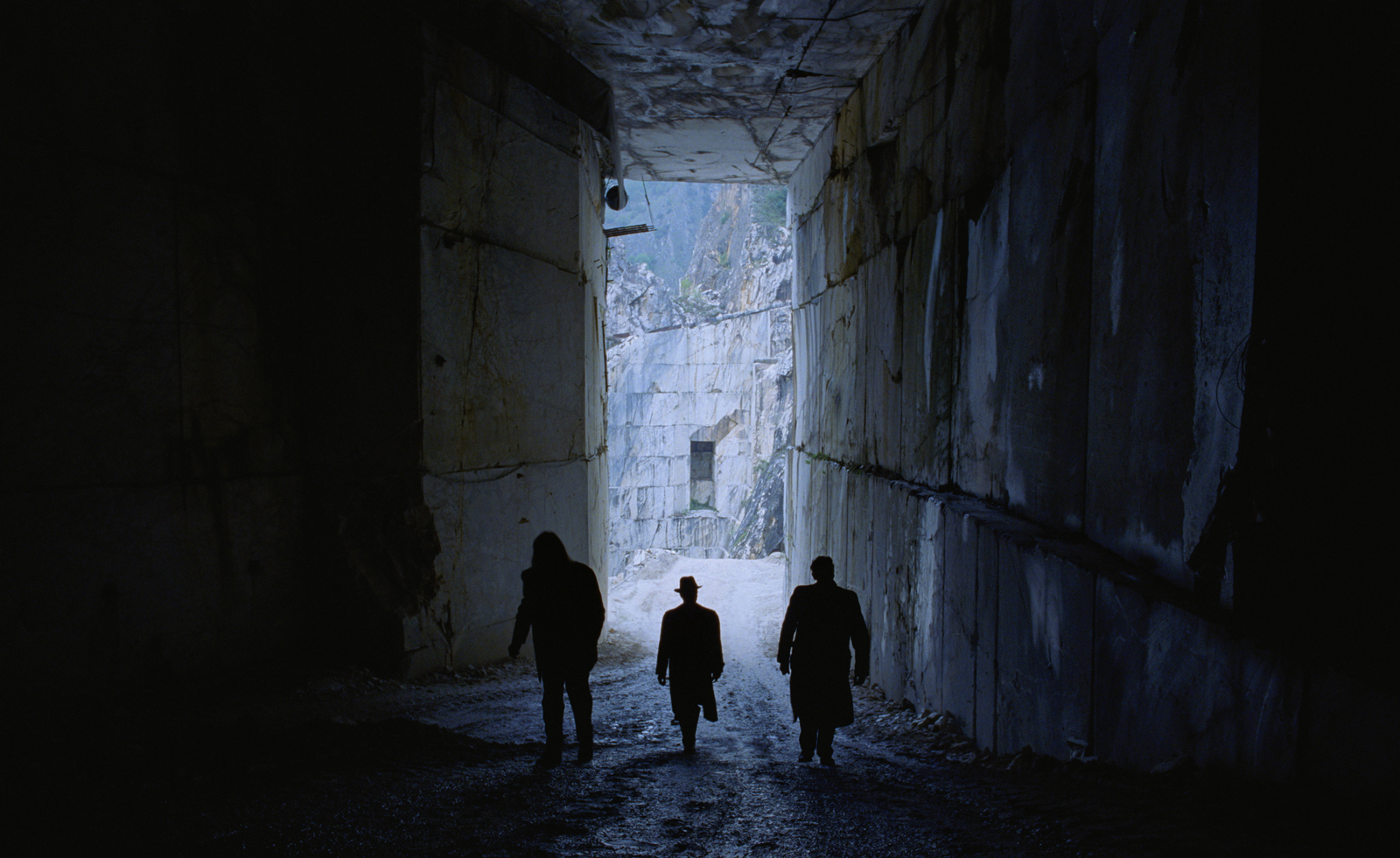
While the first half of The Brutalist lays the groundwork for László’s aesthetic and political ideology, the second half serves as a wrecking ball to everything he believes he knows about himself. As Brady Corbet and co-writer Mona Fastvold detail post-war America, we are privy to the conservatism of the United States that is presented as modernity, whether that be faux-secularism as the church funds the community building or the regular maltreatment of immigrants even as the nation prides itself on welcoming everyone.
For the Bauhaus-educated László and foreign policy journalist Erzsébet, what America has to offer seems meagre in comparison to the enlightened world they once knew, the United States offers modernity in image only.
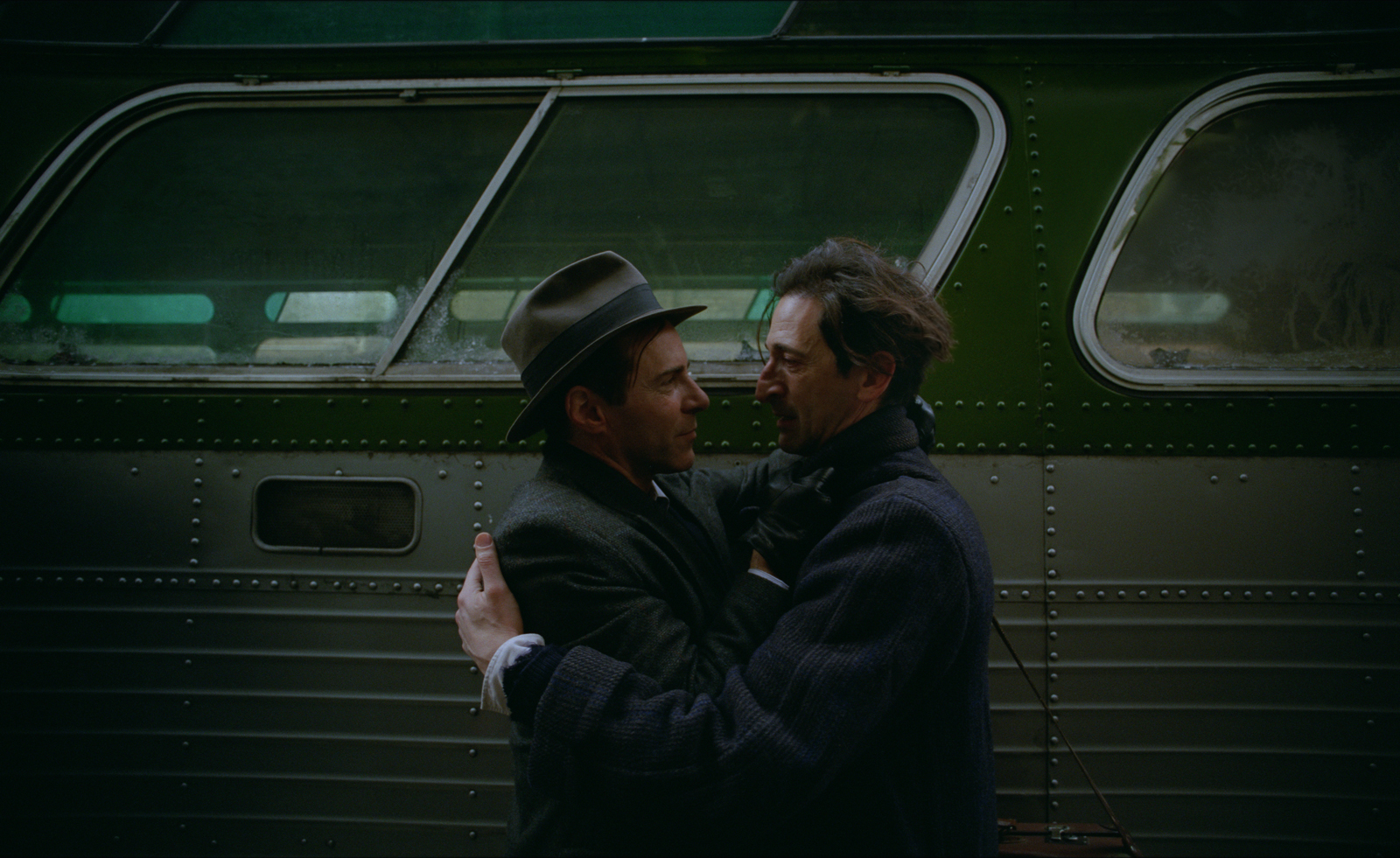
Through the world of architecture, The Brutalist presents the audience with many of the flawed ideologies of the modern world, including the creation of the state of Israel and American neoliberalism. It’s an epic that explores the reality of the immigrant experience, and through the timeless potency of brutalism, demonstrates how political ideology and nation states are often built with corruption at the foundation.
Wallpaper* Newsletter
Receive our daily digest of inspiration, escapism and design stories from around the world direct to your inbox.
The Brutalist is at cinemas from January 2025
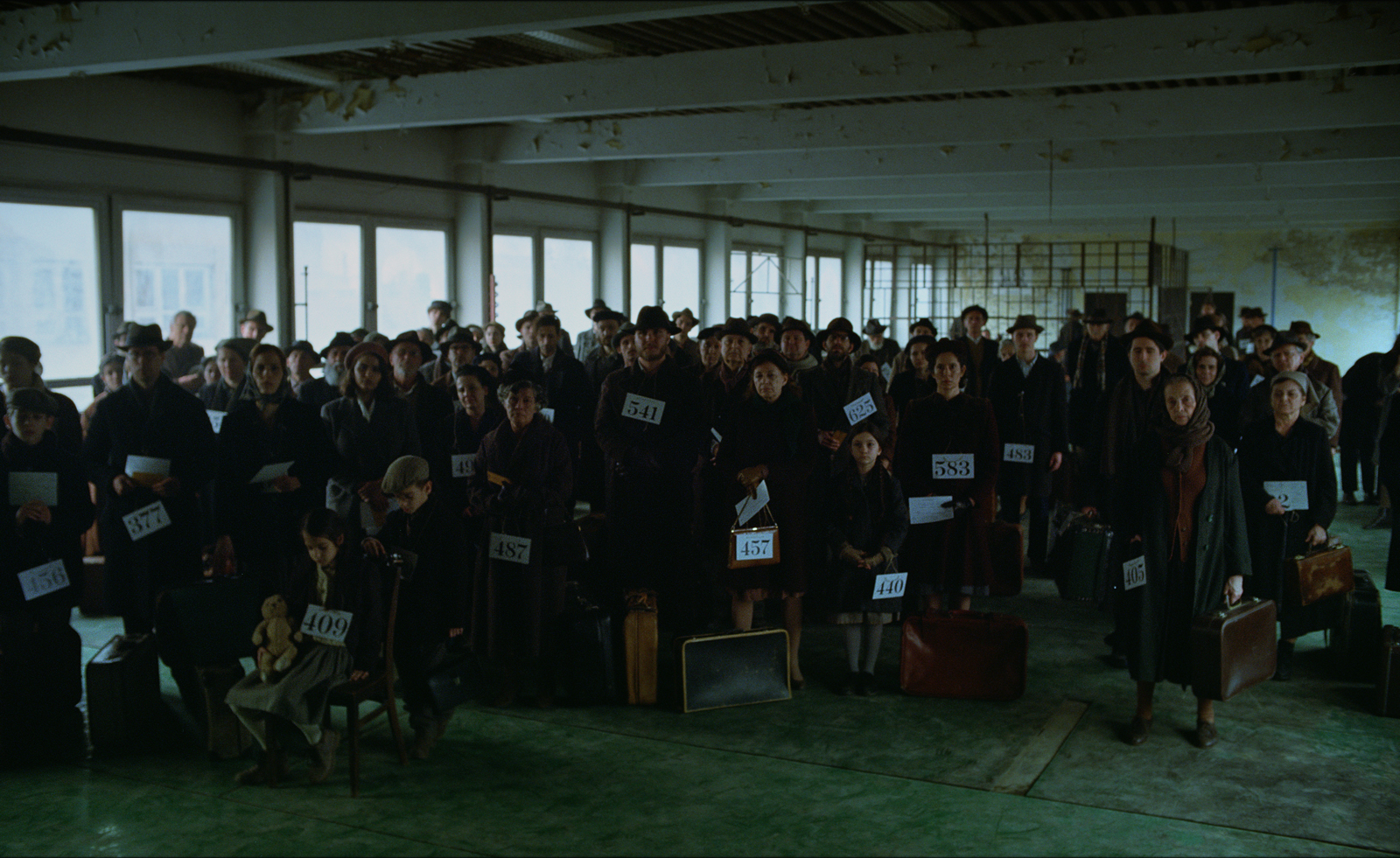
Billie is a London based culture and lifestyle writer. Her work on film, literature, internet culture and sexuality can be found in Dazed, Guardian, Little White Lies, Them and many more.
-
 Maserati joins forces with Giorgetti for a turbo-charged relationship
Maserati joins forces with Giorgetti for a turbo-charged relationshipAnnouncing their marriage during Milan Design Week, the brands unveiled a collection, a car and a long term commitment
By Hugo Macdonald
-
 Through an innovative new training program, Poltrona Frau aims to safeguard Italian craft
Through an innovative new training program, Poltrona Frau aims to safeguard Italian craftThe heritage furniture manufacturer is training a new generation of leather artisans
By Cristina Kiran Piotti
-
 Wallpaper* checks in at The Eve Hotel Sydney: a lush urban escape
Wallpaper* checks in at The Eve Hotel Sydney: a lush urban escapeA new Sydney hotel makes a bold and biophilic addition to a buzzing neighbourhood that’s on the up
By Kee Foong
-
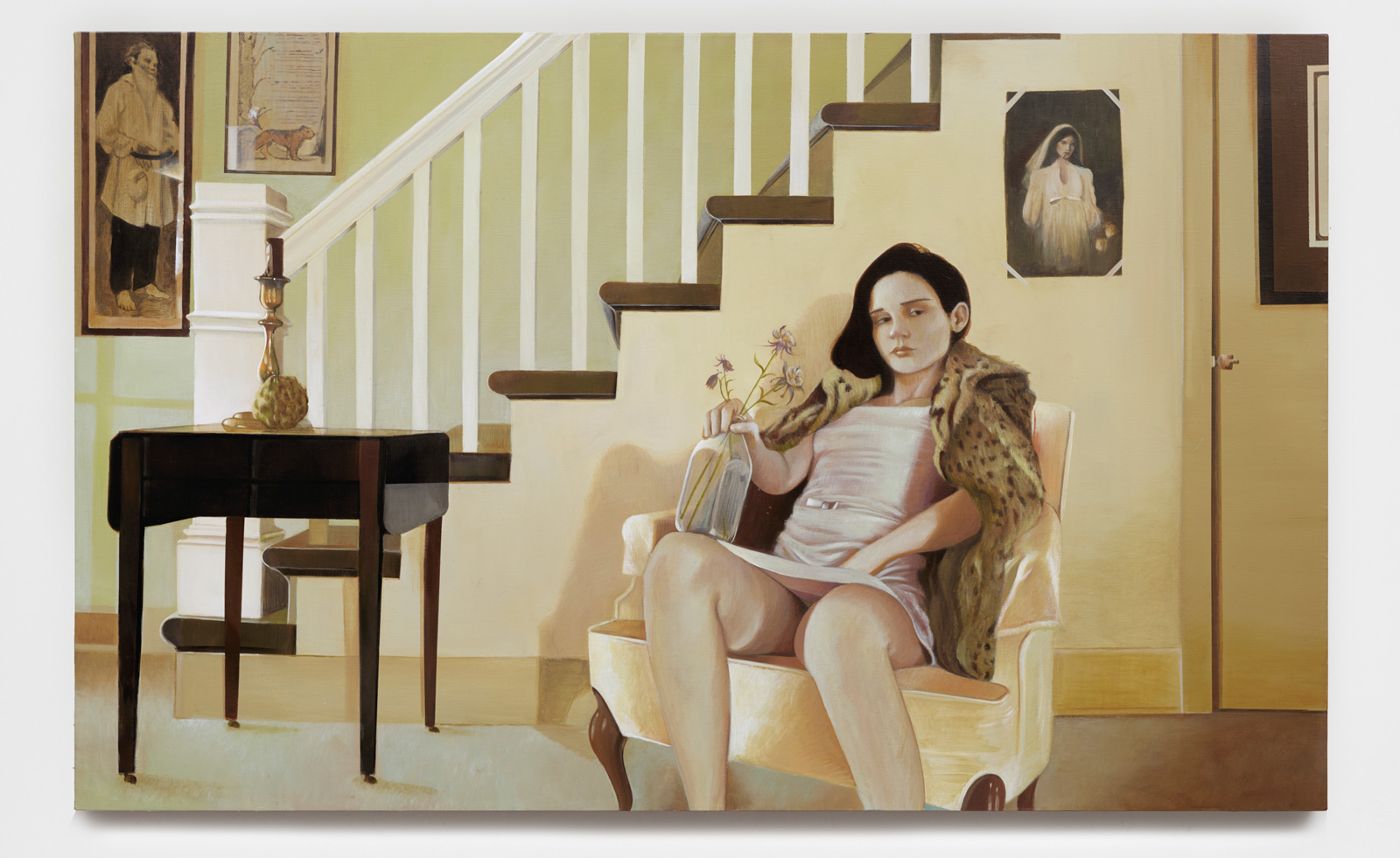 Leonard Baby's paintings reflect on his fundamentalist upbringing, a decade after he left the church
Leonard Baby's paintings reflect on his fundamentalist upbringing, a decade after he left the churchThe American artist considers depression and the suppressed queerness of his childhood in a series of intensely personal paintings, on show at Half Gallery, New York
By Orla Brennan
-
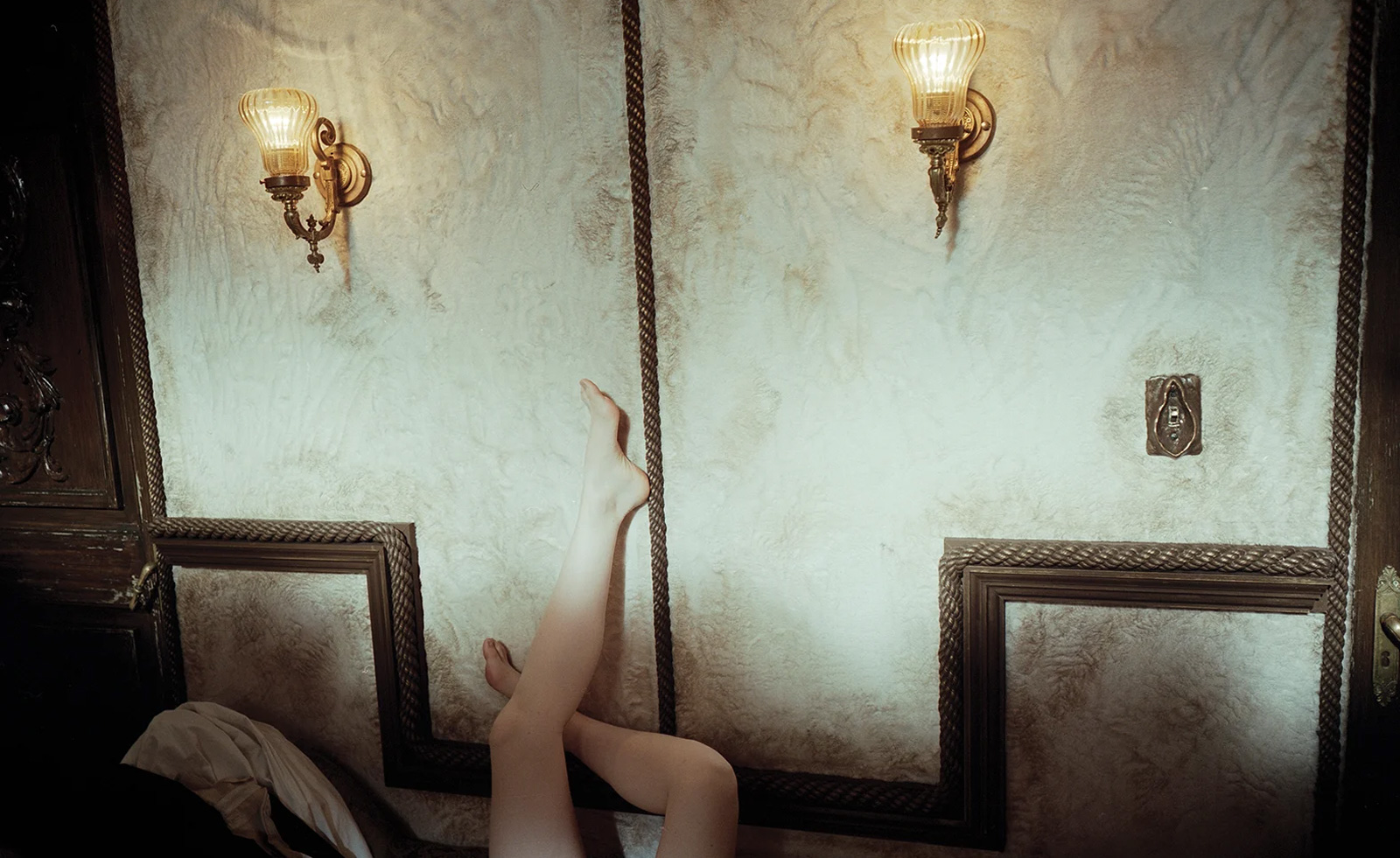 Unlike the gloriously grotesque imagery in his films, Yorgos Lanthimos’ photographs are quietly beautiful
Unlike the gloriously grotesque imagery in his films, Yorgos Lanthimos’ photographs are quietly beautifulAn exhibition at Webber Gallery in Los Angeles presents Yorgos Lanthimos’ photography
By Katie Tobin
-
 Desert X 2025 review: a new American dream grows in the Coachella Valley
Desert X 2025 review: a new American dream grows in the Coachella ValleyWill Jennings reports from the epic California art festival. Here are the highlights
By Will Jennings
-
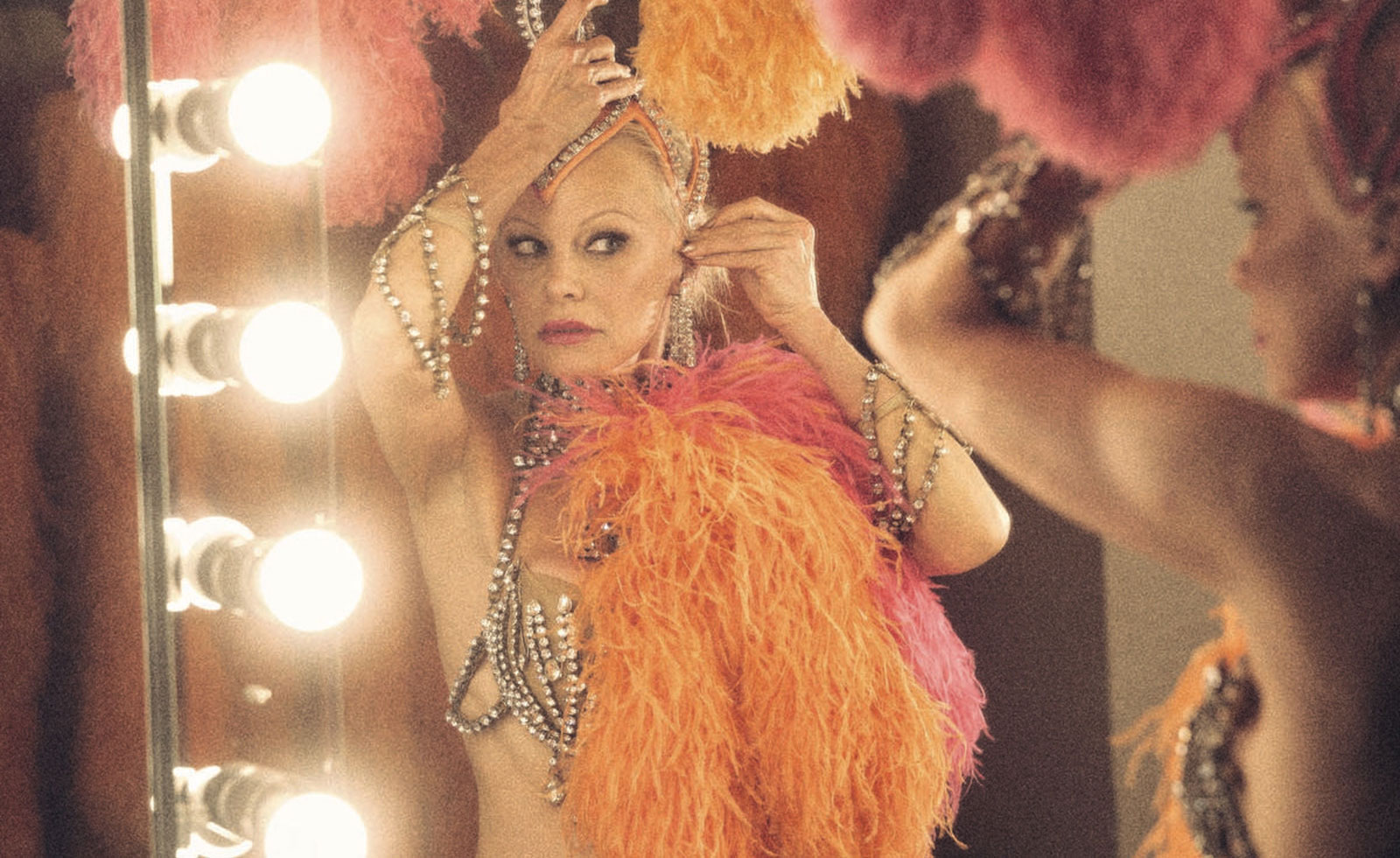 In ‘The Last Showgirl’, nostalgia is a drug like any other
In ‘The Last Showgirl’, nostalgia is a drug like any otherGia Coppola takes us to Las Vegas after the party has ended in new film starring Pamela Anderson, The Last Showgirl
By Billie Walker
-
 ‘Life is strange and life is funny’: a new film goes inside the world of Martin Parr
‘Life is strange and life is funny’: a new film goes inside the world of Martin Parr‘I Am Martin Parr’, directed by Lee Shulman, makes the much-loved photographer the subject
By Hannah Silver
-
 ‘American Photography’: centuries-spanning show reveals timely truths
‘American Photography’: centuries-spanning show reveals timely truthsAt the Rijksmuseum in Amsterdam, Europe’s first major survey of American photography reveals the contradictions and complexities that have long defined this world superpower
By Daisy Woodward
-
 The Chemical Brothers’ Tom Rowlands on creating an electronic score for historical drama, Mussolini
The Chemical Brothers’ Tom Rowlands on creating an electronic score for historical drama, MussoliniTom Rowlands has composed ‘The Way Violence Should Be’ for Sky’s eight-part, Italian-language Mussolini: Son of the Century
By Craig McLean
-
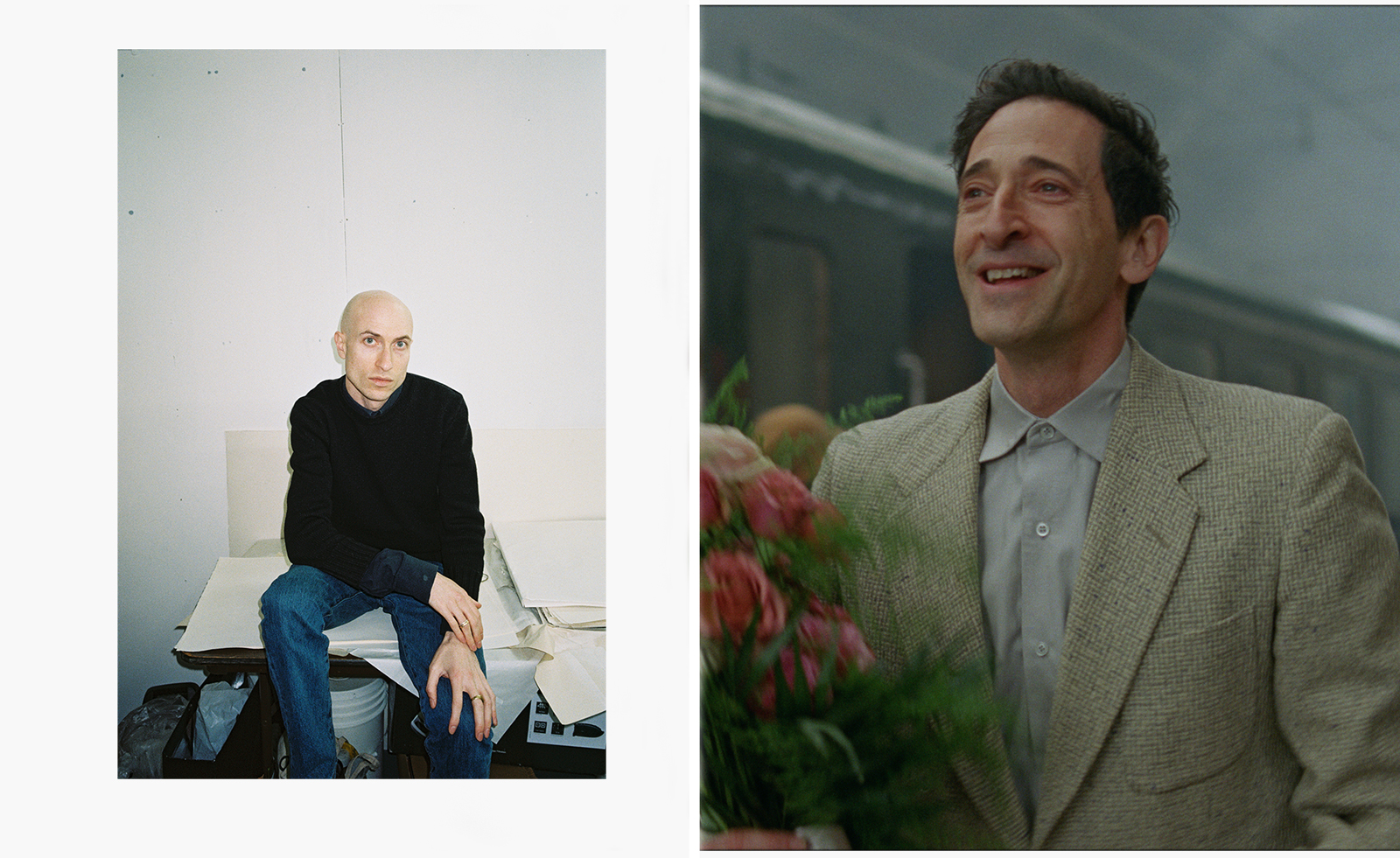 Meet Daniel Blumberg, the British indie rock veteran who created The Brutalist’s score
Meet Daniel Blumberg, the British indie rock veteran who created The Brutalist’s scoreOscar and BAFTA-winning Blumberg has created an epic score for Brady Corbet’s film The Brutalist.
By Craig McLean